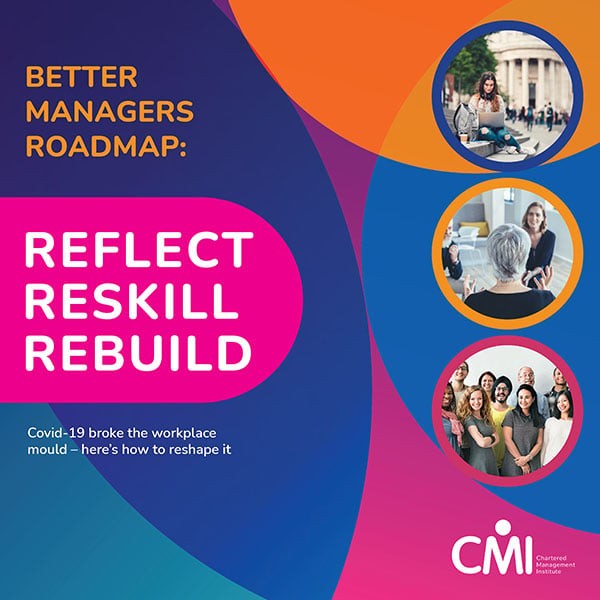Five tips for improving as a manager of a distributed team
Written by Guest Blogger, Eric Evans, Founder of DuoMe Monday 22 June 2020
The world is going through significant change at an incredible rate. The global lockdown protocols, social distancing, and mass mandatory work from home have instantly changed the workplace. Workstyles have changed, and remote working is set to remain in wide-scale use for the long term. Companies will look to reduce occupancy costs by having fewer people in the office and employees want to keep the benefits such as reduced commutes.
This doesn’t mean everyone working remotely is the future of all work, but a more mixed workstyle where office activities take up part of the week (not all of it) is almost certain to become the norm. Being proficient at managing a distributed team of remote and office workers will become a key skill, and the ones who do it well will be seen as best-practice leaders.
So what does it mean to manage a distributed team?
Acknowledge that priorities have changed
Almost all managers have experienced occasional working from home but shifting the balance to the entire team for, say, 50% of the time will need behaviours to change. Things taken for granted such as informal networking and watercooler communications will need to become more explicit. Decisions around the best use of office time will need planning. For example, do you plan for the whole team to be present at one time or focus on key projects or initiatives? What about new joiners, how do you get them up to speed and help them build their network to get things done? Or how about the rise in more flexible hours as remote workers suffering from Zoom fatigue resist being on ten hours of back-to-back video calls.
These are some examples but they make clear things will be different. Thinking about your style of management and how you can change the emphasis on key themes will be critical. As with many things there is no one-size-fits-all but there are some areas you can decide where you fit and how you want to evolve your style.
Don’t demand constant check-ins; be a coach
Trust between employer and employee has been shown to improve working relationships and enhance productivity. When your employees go remote they can feel more distant, and you lose that instant feedback of seeing someone at their desk, so the temptation is strong to ask for more updates or add more checks on when people are working. Getting the balance right between knowing what your employees are doing and guiding what you want them to do is crucial in building trust. Having a bias towards coaching employee performance and clearly communicating what's expected can be a very effective way to enhance the trust equation. Also being aware of the demand that constant check-ins put on people's time. Making sure that the team sees why they are important is crucial to maintain morale.
Trust people
The way you measure the contribution from the team can further help to build more trust. Focusing on the outputs and deliverables enables the team to move away from being measured on the inputs or time. Additionally, it unlocks the ability for a more non-conventional work day where hours are also flexible, letting the employee work at times that let them fit more life around their job. This is very positive for employee wellbeing which, in turn, improves productivity – with schools not back at full strength, this is a practical requirement, too. Additionally, staggered hours will be needed for those who are in the office to reduce peak commute times. The conventions of 9-5 will be challenged for the foreseeable future.
Lean towards written communication
Having a team that isn't in the same place and working different hours from each other requires a very deliberate approach to communication. Companies that have fully remote workforces go to great lengths to focus on written over verbal communication as it creates a record and enables people to catch up on their own time. With a distributed team, having agendas for meetings enables people to decide if they should attend live; documenting key points that are generally available lets people catch up at the time that works for them.
It’s not just about writing things down; the direction and focus of where the team is headed needs very explicit communication. As a manager, one of the ways you can lead on enhancing the distributed team communication is through making more decisions visible. Informal catching up and the general office discussions have reduced effectiveness for distributed teams. Visible, written, and open to feedback decision making enables the team to come on the journey with you.
Find new ways to build and maintain connections
Finally, the ability to keep the team connected and support them to build more social connections across the organisation will become increasingly important. The longer remote working lasts, so building new connections and maintaining the existing ones will need more explicit focus. Creating the circumstances for the team to connect must go beyond weekly Zoom socials to encouraging more informal one-to-ones; lunch-and-learn sessions; and networking across wider job families or competencies. The backlash against forced networking on video calls is real, but there are many more ways to engage across topics of interest in the workplace than just a team quiz.
All this takes effort, so pick what actions you think will work best for you, your team, and your company. Recently the team at DuoMe have worked with businesses and individuals to recognise their specific challenges. We use interactive workshops and surveys to identify team sentiment, issues, and new ways of working to enhance distributed team performance.
You might also like these posts on this topic:
Don’t miss out - get notified of new content
Sign-up to become a Friend of CMI to recieve our free newsletter for a regular round-up of our latest insight and guidance.
CMI members always see more. For the widest selection of content, including CPD tools and multimedia resources, check out how to get involved with CMI membership.
News
Here you can find the latest news and updates from the CMI community.
Members See More
CMI Members have access to thousands of online learning and CPD resources. Learn more about our membership benefits
Join The Community
CMI offers a variety of flexible membership solutions, tailored to your needs. Find out more and get involved in the CMI community today.

